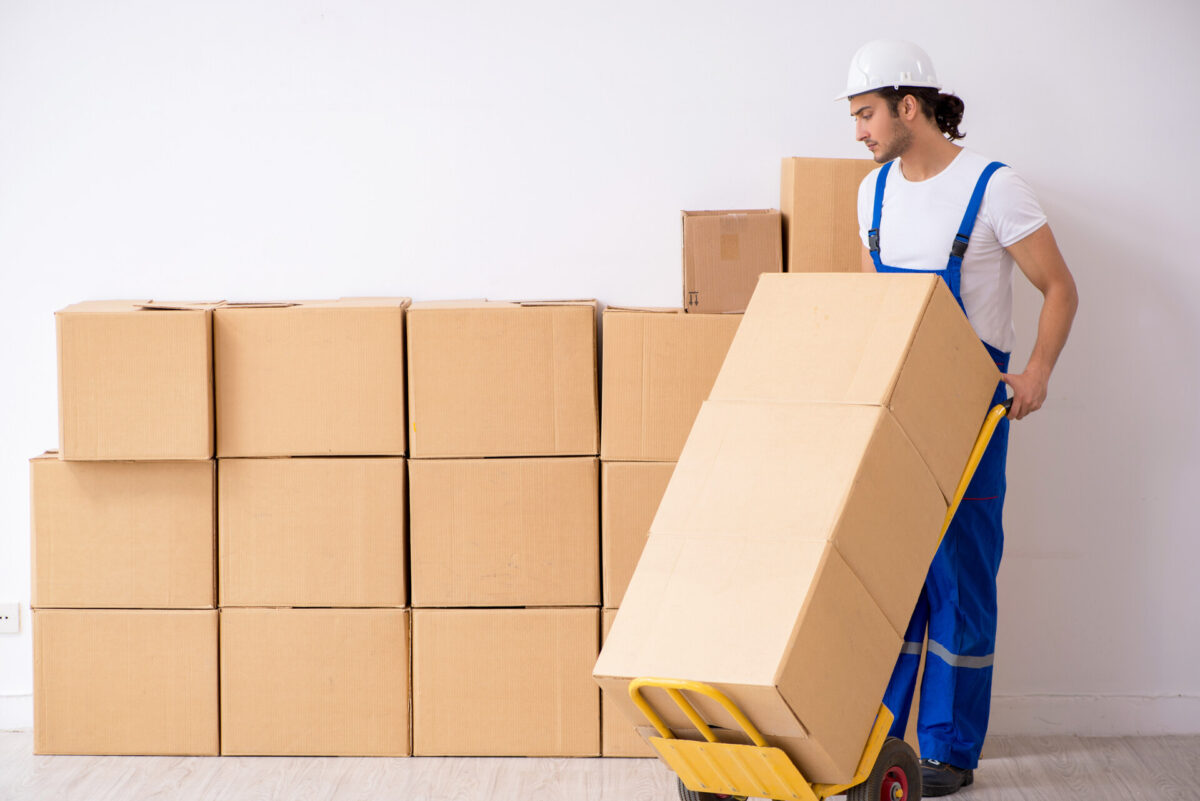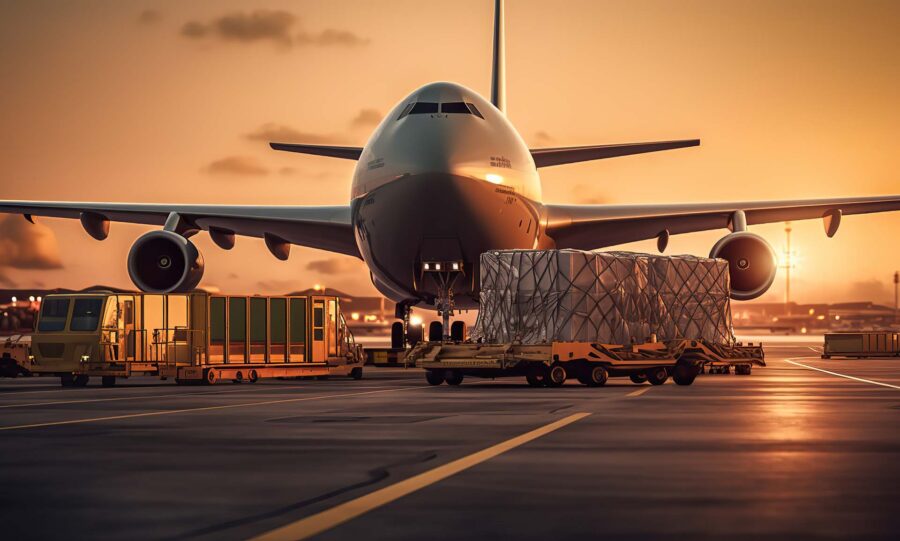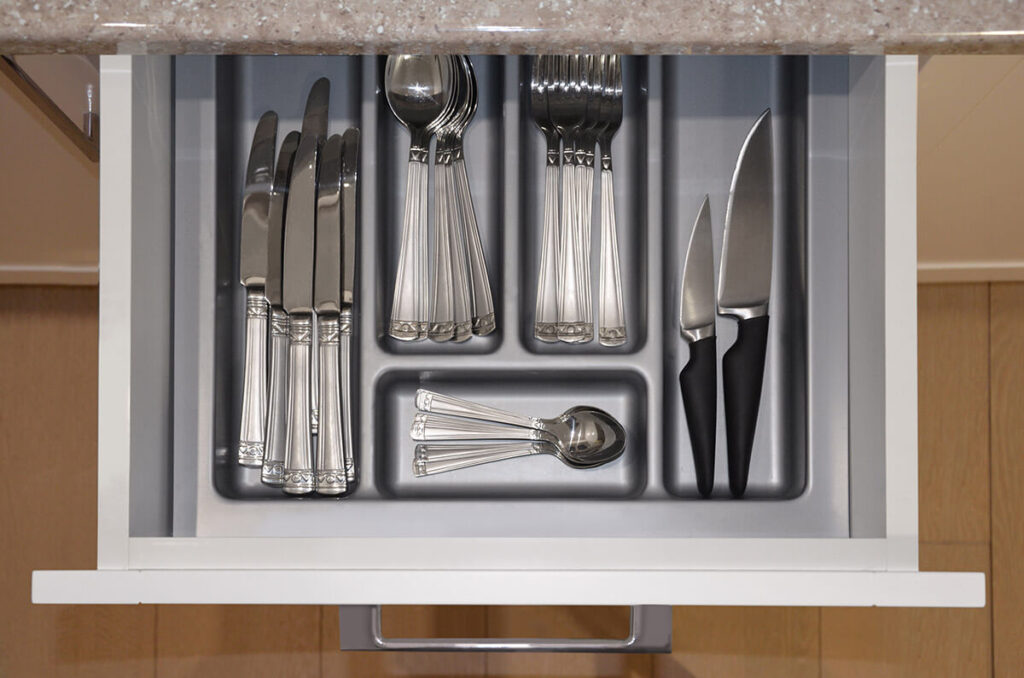Crossing the state border and going into the unknown can be overwhelming. However, understanding how to move can simplify the process, making it more manageable and less stressful. Our comprehensive guide will walk you through each phase, from initial planning to settling into the new home, ensuring a hassle-free experience.


How to Move Internationally?
Every relocation starts with a good plan. However, when going abroad, it’s important to start preparations on time, set the budget, and downsize the household. Research and select a reliable company, look into their services and book those that suit your needs. Gather quality supplies and pack everything carefully.
This process also includes navigating customs, understanding international laws, hiring movers, and preparing to move, settle, and live in another country. But worry not. With our guidance and easy steps to moving abroad, you will have a successful and stress-free moving experience.
Start With Planning and Organization on Time
Moving internationally requires careful planning and understanding of the complexities involved in crossing borders.
According to the Association of American Residents Overseas, more than 5 million US citizens are living overseas. Mexico, Canada, and the United Kingdom are their top country choices.
However, this process is more than just gathering moving supplies, and putting things into random boxes! Timely planning and organization are the backbones of any successful long-distance moving journey. Starting early helps mitigate unexpected challenges and relocation stress.
Diving into the planning phase as soon as possible can make all the difference. It gives you ample time to research, prepare, and execute each step carefully, reducing the likelihood of last-minute issues that could complicate your relocation.
Set a Realistic Timeline for Your Move
Creating a detailed moving checklist with a timeline for essential tasks is crucial. This list will guide you through each phase of this process.
Include deadlines for gathering necessary documentation, hiring an overseas shipping company, notifying important institutions about relocation, and finalizing travel arrangements. By breaking down everything into smaller, manageable tasks, you can tackle each aspect with focus and precision. This way nothing will be overlooked and everything will be completed on time.
Relocation Budgeting – Cost Considerations and Saving Tips
Understanding and budgeting for moving expenses are vital. Start by obtaining quotes from several companies to get an idea of the potential expenses.
Consider additional costs such as insurance, services, supplies, and possible storage fees. Look for areas where you can cut costs, perhaps by boxing up the portion of the stuff yourself or decluttering to reduce the number of goods to be moved.
Downsize for the Relocation and Lower the Load
Downsizing can significantly reduce shipping overseas costs and simplify your transition. Take this opportunity to assess your belongings critically. Things that haven’t been used in over a year, that no longer fit, or that won’t suit a new lifestyle can be let go.
Selling items can add to your budget, while donations can provide a sense of contribution to the community. The less you have to relocate, the more straightforward and cost-effective your relocation will be.


Research and Choose a Reliable International Moving Company
Researching potential companies is crucial for several reasons. It helps you understand the range of options available, gauge the quality of their services, and assess the legitimacy of the overseas moving company.
This due diligence ensures your belongings are in safe and reliable hands. It provides peace of mind and can significantly reduce the stress associated with moving overseas. However, some factors need to be considered.
It’s important to consider whether you need packing, storage, or custom crating services and ensure the company can cater to these requirements.
A company’s reputation is a strong indicator of its reliability and quality of service. Look for customer reviews and testimonials to get a sense of past clients’ experiences. A reputable company should have a track record of successful relocations and satisfied customers.
The quality of customer service can greatly impact the whole experience. A company with responsive, helpful customer service is preferable, especially when dealing with the complexities of an international relocation. They should be able to answer your questions, provide guidance, and keep you informed throughout the process.
Understanding where your money goes is essential. Look for companies that offer clear, upfront pricing without hidden fees. A reliable mover will conduct a thorough on-location assessment to provide an accurate quote and explain any potential additional costs.
These documents not only detail the services you’ll receive and their costs but also outline your rights and the mover’s liability in case of loss or damage. Quotes should encompass all potential costs. They should include boxing up, loading, transportation, unloading, and any additional services you might require. Contracts should clearly state the terms of service, insurance coverage options, claims process, and the mover’s liability.
Select the Right International Moving and Packing Services
The right services can significantly ease relocation stress and minimize some common mistakes of DIY moving. It’s essential to choose a company that offers a range of services tailored to international relocations, like Sunset International Shipping.
With options for international moving by sea or air, we cater to different timelines and budgets, providing flexibility in how possessions are transferred. Our professional packing solutions will protect your belongings throughout shipping, while storage options offer convenience if the new home isn’t ready.
Custom crating is invaluable for fragile or high-value items, ensuring they’re securely transported. By hiring our trusted company, you’re able to customize your relocation to fit your specific needs.


Packing Tips – Start With Gathering Essential Packing Supplies
Securing the right supplies is the first step towards ensuring the safety of your belongings. High-quality packing materials play a crucial role in protecting your items during transit.
They prevent damage from shocks, vibrations, and pressure changes, so investing in different materials is a wise choice for any mover. Here’s the list of these supplies:
- Sturdy boxes – use double-walled boxes for added strength.
- Duct tape – high-quality tape will ensure that boxes stay securely closed.
- Bubble wrap and foam peanuts – these provide cushioning for breakables by filling voids and preventing movement.
- Stretch plastic wrap – helps keep smaller items bundled and protects furniture and appliances from scratches.
- Marker pens – for labeling boxes. Choose a waterproof, permanent marker for visibility and durability.
- Furniture pads and blankets – protect furniture surfaces and edges from chirping and dents.
Systematic Packing Techniques for Different Household Items
A systematic approach to the boxing-up process can further safeguard your belongings and make unpacking after moving easier. Let’s go through some helpful techniques.
Wrap glassware, dishes, and other breakables individually in bubble wrap, securing them with tape. Place them in double-walled boxes and fill any gaps with foam peanuts to prevent movement. Store your books flat in small, sturdy crates to avoid overloading. Avoid positioning their spine up or down, as this can cause damage.
Use wardrobe boxes for hanging clothes to keep them wrinkle-free. Fold or roll other pieces and place them in suitcases or medium-sized boxes. Use original packaging to safeguard sensitive electronics for the best protection. Otherwise, wrap each item in anti-static bubble wrap and pack them in boxes with plenty of cushioning material around them.
Dismantle furniture if possible and wrap parts in moving blankets or pads. Protect corners with cardboard or bubble wrap and secure with tape. Label each crate with its contents and the room it belongs to. This not only helps with organization but also ensures that fragile items are handled with care.


Managing Logistics on Moving Day – What to Expect and How to Prepare
This is the culmination of all of your efforts, a day that demands attention to detail and organization. Expect it to be bustling with activity, from the arrival of the relocation crew to the final loading of the belongings.
That’s why preparation is key for a smoother experience. Start by ensuring all boxes are properly labeled and sealed. Designate an essentials box that travels with you. It should contain items you’ll need immediately upon arrival, such as toiletries, a change of clothes, and important documents.
Confirm the arrival time with the company and ensure there’s clear access for their truck near your home. Keep your phone charged and on hand for any necessary communications with their team or other relevant parties.
Don’t Skip on Safety Precautions and Last-Minute Checks
Safety should be a top priority! Wear appropriate clothing and sturdy shoes to avoid injuries, and keep children and pets out of the way of heavy lifting and high-traffic areas. Perform a final walkthrough of the home to ensure nothing is left behind, checking closets, drawers, and storage areas.
Verify that all utilities are functioning for the movers and that pathways are clear of debris or obstacles. Additionally, have a first aid kit accessible for any minor accidents. Ensure that everything is accounted for while being loaded onto the truck.


Navigate Through Common Challenges and Unexpected Issues Like a Pro
The big day, while exciting, can come with its share of challenges and unexpected issues. Being prepared for these potential setbacks is crucial for navigating them like a pro. One common challenge is the possibility of delays.
These can occur due to traffic, weather conditions, or logistical issues with the relocation company. To handle delays, maintain a flexible schedule and keep open lines of communication with your movers.
Another issue could be damage to belongings. Despite careful packing, items may get damaged in transit. Ensure you have detailed inventory lists and take photos of valuable items before the move, in case of a claims process.
Lastly, prepare for the emotional challenge of leaving a familiar place. Saying goodbye can be tough, so allow yourself and the family time to process these feelings properly.
Tips for Keeping Relocation Stress and Anxiety at Bay
There are effective ways to manage these feelings and maintain your mental well-being. Start by accepting that some stress is inevitable and view it as a temporary phase. Planning and organization are your best tools for controlling this transitional phase. Break down tasks into manageable chunks and celebrate small victories along the way.
Also, try to maintain healthy habits – eat well, exercise, and get enough sleep. These practices can significantly impact your stress levels and overall mood. Stay connected with friends and family for emotional support. Sharing your experiences and feelings can provide comfort and reassurance.
Finally, give yourself time to adjust to the new environment. Explore your new community, make connections, and create positive experiences to ease the transition. Remember, it’s normal for relocation to feel overwhelming at times, but with the right strategies, you can maintain your mental well-being throughout the process.


Unpacking and Organizing Strategies for a Smooth Settling-in Experience
These things can significantly influence how quickly and comfortably you settle into the new home. Begin with a clear strategy! Prioritize unpacking essential items first, such as bedding, toiletries, and kitchen basics, to ensure you can comfortably eat and sleep in a new home.
Use the inventory list to check off items as they’re unpacked, ensuring nothing is missing or damaged. Tackle one room at a time, starting with the spaces you use most frequently, to avoid feeling overwhelmed.
Keep your home organized by finding a place for everything as you go. If possible, try to unpack completely within the first week after the relocation. This helps reduce prolonged disruption and allows you to start settling down sooner.
Special Considerations for Moving With Children and Pets
Relocating with family and pets requires additional planning and consideration to ensure the process is as smooth as possible. When relocating with kids try to involve them in the whole process by explaining to them what to expect.
Turn this into an adventure. Allow them to pack a small box of their favorite stuff that they can keep with them. This can provide comfort and a sense of control over the situation.
If moving with pets, maintain their routine as much as possible to minimize stress. Prepare an easily accessible kit with their essentials like food, water, toys, and bedding for the first few days. Make sure they are safely contained on a big day to prevent them from getting lost or injured.


With Our Team to Guide Your Way, Even Mountains Are Easily Conquered
Yes, holding all the rains can be exhausting, especially when you add crossing the US borders to the relocation equation. Truly, professional assistance can do wonders in streamlining the whole ordeal and transition logistics. Sunset International Shipping is ready to help you with that and so much more.
Our team has the supplies, tools, and expertise to make this journey a breeze for everyone involved, So, why wait any longer? Contact us today and choose the services that best suit your needs. We will handle the rest.









